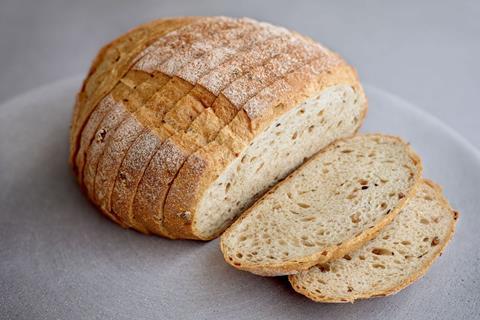
A 50/50 loaf with invisible grains offers maximum appeal to UK consumers who currently avoid buying bread with grains or seeds, a recent study has revealed.
The new research, commissioned by ingredients supplier Puratos UK, was conducted via a series of shopalong reviews, focus groups, and online surveys. Findings are said to have helped identify a route for bakers looking to grow their portfolio while also catering to new consumers.
As part of the survey, consumers that said they rarely bought grain or seeded bread were given two 50/50 loaf concepts: one with invisible grains, and one that was soft seeded. The former was found to be favoured, as it was perceived to be novel and more appealing for families.
When it came to weighing up the eating experience against nutritional value, the ‘sweet spot’ was bread that had a balanced taste and a soft texture, but was high in fibre, vitamins and minerals.
Proving most popular for occasional buyers of grain and seeded breads, meanwhile, was a lightly-seeded wholemeal loaf with a unique blend of sourdough-infused grains and seeds, which also boasted source of protein claims.
Frequent buyers were found to opt for the likes of an artisan-style wholemeal six-seed loaf, infused with sourdough and packed with pumpkin, sunflower, chia, flax, millet, and poppy seeds.

Ben Ledger, Puratos UK’s marketing manager for bakery, noted that grains and seeds are a good source of fibre and are known to offer an array of health benefits beyond digestion.
“Despite acceptance of this among consumers and concerted efforts from health authorities, closing the fibre gap is a prevailing issue in the UK and beyond,” he continued. “The decades-long perception that grains and seeds can have an unappealing taste or texture is one of the key reasons why.”
Ledger said that ‘nudge nutrition’ was a way to effectively overcome this hurdle. “As our research highlights, bakers can find success with the untapped non-buyer market by slowly adding or ‘topping up’ existing ‘white’ products with fibrous ingredients like grains and seeds. By taking this ‘blending’ approach, consumers gradually get used to more diverse breads with higher fibre content,” he added.
“Furthermore, grains and seeds infused with sourdough add enhanced taste, unique texture and the other benefits that sourdough provides to breads, such as better digestibility and storytelling opportunities.”
Read: Supermarket sourdough – how major retailers are meeting demand
Around three quarters of respondents (74%) to the study cited healthiness as the top factor for purchasing breads containing grains and seeds. Meanwhile, the benefits with most persuasive purchasing power were found to be ‘good for gut health’ (58%) and ‘high in fibre’ (57%).
Nearly 40% of consumers taking part in the survey admitted that cost remained the biggest barrier for buying breads with grains and seeds, although 72% said they were willing to pay more if it had purported health and wellness benefits.
The cost-of-living crisis has seen sales drop in all categories of bread expect white, with half-and-half loaves down 14.4% for the 12 weeks to 20 May 2023 according to Circana Grocery Outlets data.
“When it comes to gaining ground in the grains and seeds bread category, manufacturers have one key leveraging tool – labelling,” commented Ledger. “Getting the on-packaging messaging right can be essential to enhancing a product’s appeal and helping it stand out on the shelf.”
However, he noted that the link between grains and seeds and health must be explicit to be effective. “By explaining why they have been added to a product, and making clear the health benefits that it can bring and the taste and texture that can be expected, consumers can more easily digest the added value,” he concluded.





















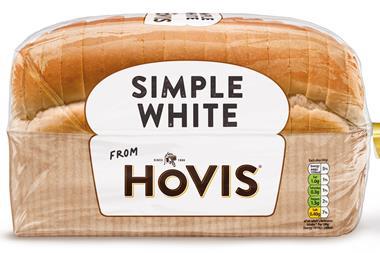
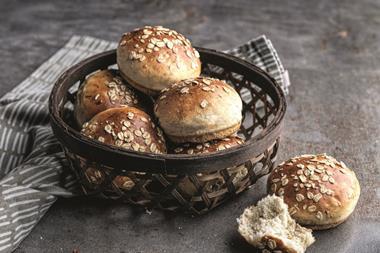
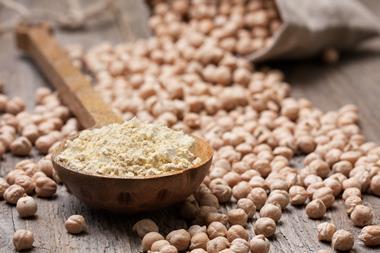



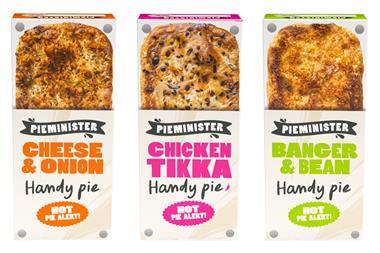




No comments yet